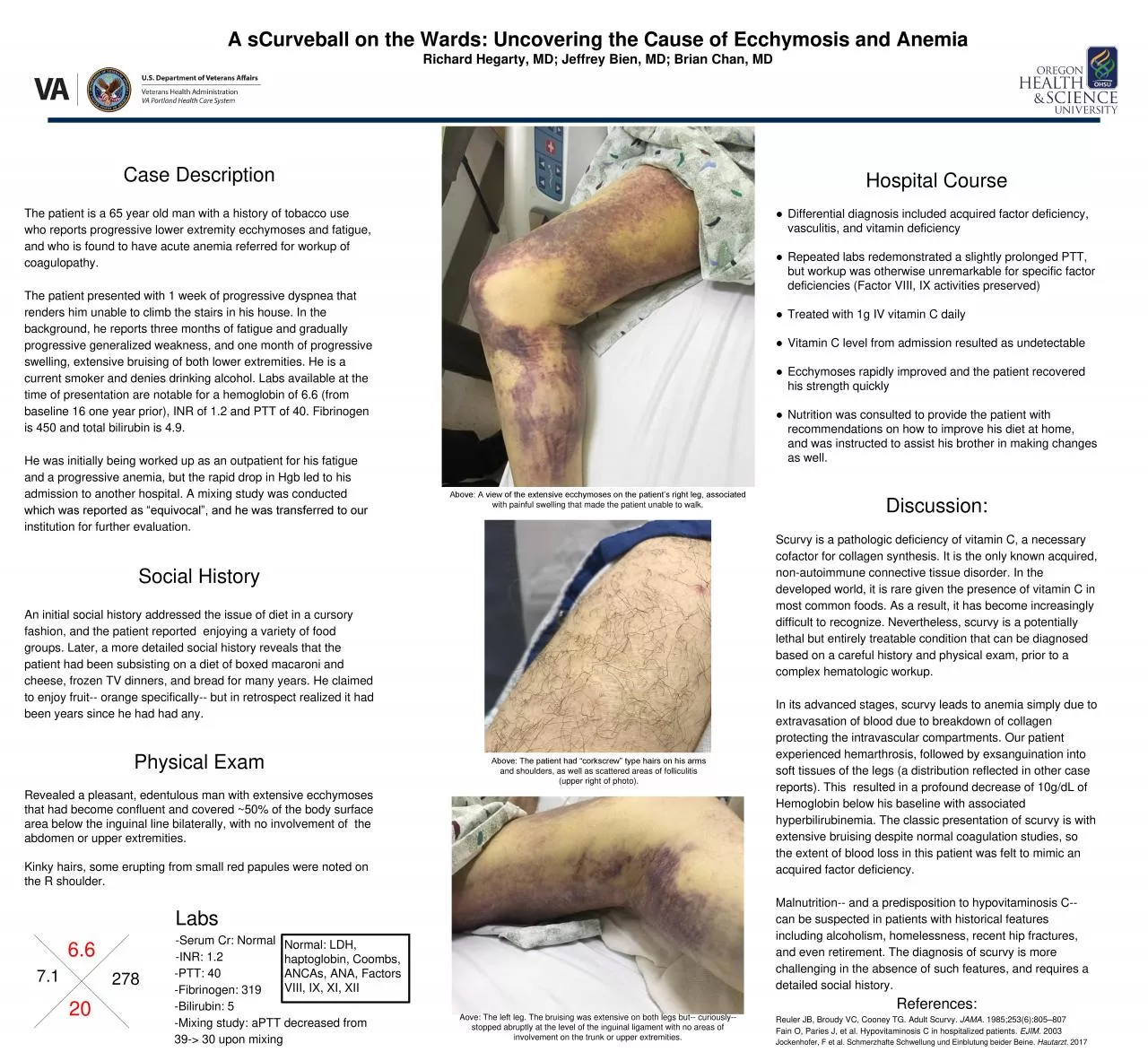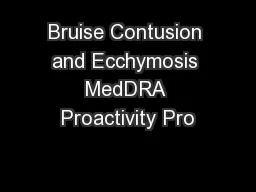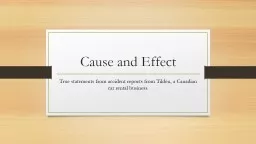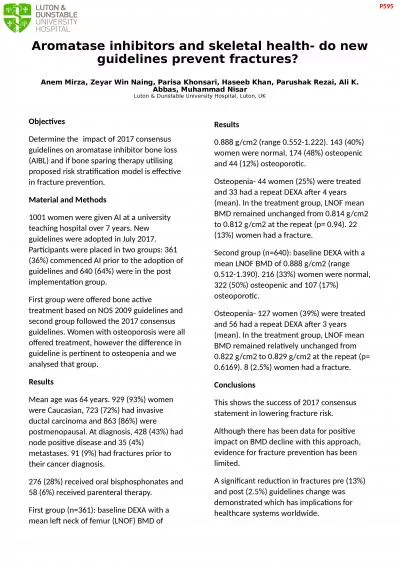PDF-A sCurveball on the Wards Uncovering the Cause of Ecchymosis and Anem
Author : gelbero | Published Date : 2022-09-07
Richard Hegarty MD Jeffrey Bien MD Brian Chan MD Case Description The patient is a 65 year old man with a history of tobacco use who reports progressive lower extremity
Presentation Embed Code
Download Presentation
Download Presentation The PPT/PDF document "A sCurveball on the Wards Uncovering the..." is the property of its rightful owner. Permission is granted to download and print the materials on this website for personal, non-commercial use only, and to display it on your personal computer provided you do not modify the materials and that you retain all copyright notices contained in the materials. By downloading content from our website, you accept the terms of this agreement.
A sCurveball on the Wards Uncovering the Cause of Ecchymosis and Anem: Transcript
Download Rules Of Document
"A sCurveball on the Wards Uncovering the Cause of Ecchymosis and Anem"The content belongs to its owner. You may download and print it for personal use, without modification, and keep all copyright notices. By downloading, you agree to these terms.
Related Documents














